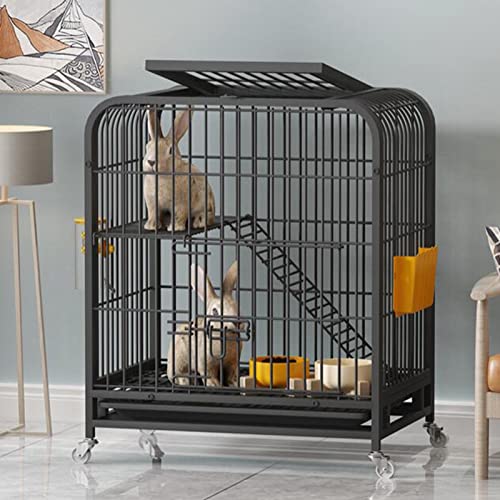SQ
Senior Member - Vegan for the animals
Signs of pain in rats due to illness, injury, or surgical procedures can vary based on severity. The signs of pain have been listed here by category based on the following: mild to moderate pain, severe or chronic pain, or post-procedure pain. Note that some signs of pain, depending upon severity and type, may overlap into another category. Not every sign may present based on the level of pain, and the individual ratâs personality. Knowing your ratâs normal daily behavior will better allow you to recognize the signs of pain your rat may exhibit and to aid your veterinarian in achieving better pain control for your pet rat.
Mild to Moderate Pain
â¢Squinting eyes
â¢Porphyrin around eyes/nose
â¢Piloerection/rough coat
â¢Increased aggression
â¢Decreased exploratory behavior
â¢Vocalization when prodded (may or may not present)
â¢Licking/scratching/self-trauma
â¢Guarding (protecting painful area)
â¢Reluctance to move
â¢Grinding of teeth (not attributed to pleasure)
â¢Reduce appetite
Adapted from: 1. Waynforth HB, Flecknell PA , Experimental and Surgical Technique in the Rat, 2nd Edn, Academic Press, New York, (1992). 2. University of WisconsinâMilwaukee Animal Care Program: Signs of Pain and Distress in Rodents 3. Fallon et,al; Post-Procedure Care of Mice and Rats in Research: Reducing Pain and Distress 4. Kohn et,al; (2006) Guidelines for the Assessment and Management of Pain in Rodents and Rabbits, and references listed on References page of Rat Health Guide Index.
Posted on March 21, 2010, 20:50, Last updated on April 5, 2010, 18:10
from: http://ratguide.com/health/basics/signs ... n_rats.php










































